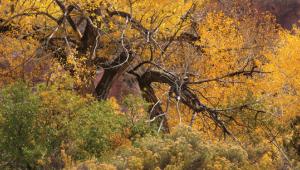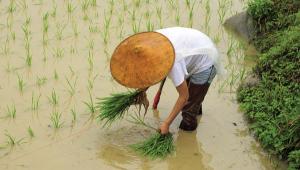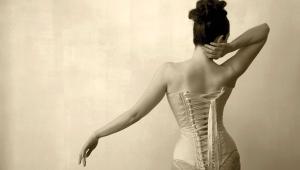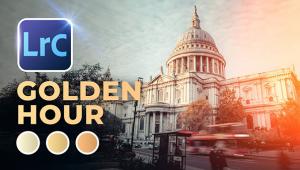A Long Road To A Happy Accident; Photographing Hothouse Beauties Page 2
 |
|
|
I recalled that I had been successful on my first two film forays using SilverFast and my Minolta scanner using Color Cast Removal. I had used an early version of SilverFast DC (Digital Camera) in the past, so why not see if the SilverFast DCPro for processing raw digital camera files also has the Histogram Color Cast Removal function? It did, and it worked so well over the last few years that SilverFast DCPro Studio has become my personal choice to do all of my raw file processing. I did this despite the fact that when compared to Apple's Aperture, SilverFast's image management/browser function is a bigger pain than pleasure to use.
A Parting Comment
If I may digress to another bit of personal biography, I grew up through public
schools in a small city in the center of the Canadian prairie provinces. When
I was 6 my most vivid memory was when I heard a kid yelling in the street in
front of our house, "War! War!"; it was '39 and he was selling
newspapers telling us that as part of the British Empire Canada was now a part
of World War II. Thereafter, my grade school days were dreary times; everything
kids love like candy was either not available or rationed. The one bright spot
in life was going to the Saturday movie matinees. Those glamorous images from
Hollywood set an ideal of what was beautiful for me. I never dreamt then or
later I would eventually spend 30 years of my life in Hollywood making photographic
images. It was never a goal, just a series of unrelated opportunities ("happy
accidents") that placed me at the heart of where the most impressive images
from my childhood were created. But when I got there in the late '50s
Hollywood was in a serious depression. It was so bad that major studios were
auctioning off their back lots to become condos, and even Dorothy's red
shoes from The Wizard of Oz went on the block.
 |
|
|
Times and the ideas of what is beautiful change. The glamorous stars of the heyday of Hollywood were no longer the popular ideal of beauty, although I did in a very small way sustain the memory and style of photography of that golden age--but that is another story I've already told. The one enduring aesthetic that is as universal, the one subject that a photographer's camera has always endured is the myriad shapes and colors of flowers. Of all the many kinds of photographs I have made over a long career, the most enduring pleasure and satisfaction has come from photographing flowers.
 |
|
|
Even in the dead of winter flowers may be growing in a hothouse near you, just waiting to be photographed and made into colorful and enjoyable photographs. But with few exceptions, like the wonderful, fully restored, Victorian greenhouse, the Conservatory in San Francisco's Golden Gate Park, very few are well-known. However, entering "public greenhouses" in a Google search elicited thousands of references. Maybe someone will research and explore these possibilities and create a Photographers' Guide to Greenhouse Flower Photography. If I were only younger...
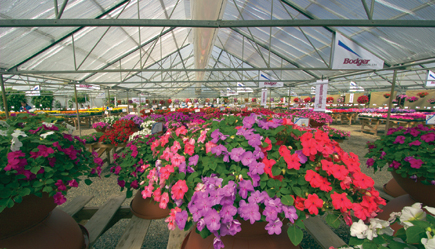 |
|
|
David Brooks can be reached via e-mail at: goofotografx@gmail.com.
- Log in or register to post comments




